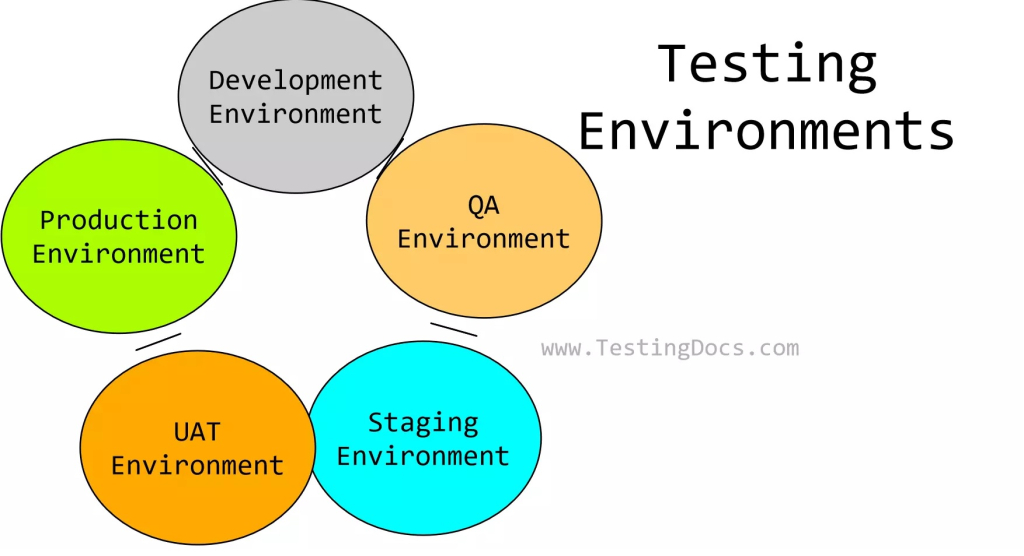In software development, it's common to have multiple environments for different stages of the development cycle. These environments are used to test and deploy applications before they are released to the end-users. In this blog, we will explore the four main environments used in Java development: QA, Dev, Production, and UAT.
-
QA (Quality Assurance) Environment The QA environment is used to test the application thoroughly before it is released to the end-users. In this environment, the developers and QA team perform different types of testing, including functional testing, performance testing, regression testing, and security testing. This environment is isolated from the production environment to prevent any accidental changes or issues.
-
Dev (Development) Environment The Dev environment is where the developers build and test the application during the development stage. This environment is used for coding, unit testing, and integration testing. Developers use this environment to check their code and ensure it works as expected before merging it into the main code repository. It is also used for debugging and troubleshooting any issues that arise during development.
-
Production Environment The production environment is where the application is deployed and used by the end-users. This environment is highly critical, and any issues or bugs in the application can cause significant problems for the end-users. Therefore, it is essential to test the application thoroughly before deploying it to the production environment. This environment is set up with high availability, redundancy, and security features to ensure the application runs smoothly.
-
UAT (User Acceptance Testing) Environment The UAT environment is used to perform user acceptance testing to ensure the application meets the end-users' requirements. It is also used to validate the functionality and performance of the application in an environment that is similar to the production environment. The UAT environment is typically set up with the same configuration and infrastructure as the production environment to ensure accuracy in testing.
5. Staging environment is a pre-production environment that is used to test and validate software applications before they are released to the production environment. It is often used as a replica of the production environment and is designed to simulate the same conditions as the production environment to ensure that the application works as expected. The staging environment is an essential part of the software development cycle, as it allows developers and testers to identify any issues or bugs in the application and fix them before it is released to the end-users. The staging environment helps to reduce the risks associated with deploying an application directly to the production environment, as it allows for comprehensive testing and validation of the application in a controlled environment.
In conclusion, having different environments for development, testing, and production is crucial in ensuring the quality and reliability of software applications. The QA, Dev, Production, and UAT environments play a critical role in the development cycle, and it's essential to maintain the integrity and security of each environment. With proper testing and deployment practices, Java applications can be deployed to production with confidence, knowing that they have been thoroughly tested in all environments.
For Free, Demo classes Call: +91-8149911142
Registration Link: Click Here!
Mentor - Komal Bhutale
Intormation and research are sources from internet.
